Passion flowers may look like they are from the tropics, but they can actually be grown almost anywhere, including much colder areas. In fact, you may even find these seemingly delicate vines growing along the side of the road—some passionflower species can spread vigorously in warmer climates. The genus Passiflora is native to North America and South America and contains more than 500 species, so the common name passionflower can actually describe many different plants. Typically, they should be grown in full sun to partial shade, in average, but well-drained soil. A sheltered location such as against a garden wall, is recommended for many species, which can be damaged by major winds or harsh weather.
Passiflora alata, commonly known as the Winged-stem Passion Flower or Fragrant Granadilla, is a beautiful tropical vine known for its striking, exotic flowers and sweet, edible fruit. Native to South America, particularly Brazil, this passionflower variety is prized for its large, fragrant blooms and attractive foliage. If you’re considering growing Passiflora alata, here’s a detailed guide to caring for this stunning plant:
1. Light Requirements
- Full Sun to Partial Shade: Passiflora alata thrives in full sun, but it can also tolerate partial shade. Ideally, provide at least 4-6 hours of sunlight daily to encourage healthy growth and flowering.
- Avoid Full Shade: Too much shade can limit flowering and cause leggy growth, so a bright location is preferable.
2. Watering
- Regular Watering: Water the plant regularly to keep the soil consistently moist but not waterlogged. This is especially important during the growing season (spring and summer).
- Deep Watering: Water deeply, allowing the soil to dry slightly between waterings. Avoid letting the soil completely dry out, as this can stress the plant.
- Reduce Watering in Winter: In the dormant period, reduce watering frequency but do not let the soil dry out completely.
3. Soil
- Well-Draining Soil: Use rich, well-draining soil that retains some moisture. A mix of garden soil, compost, and sand or perlite works well.
- Slightly Acidic to Neutral pH: A soil pH range of 6.0 to 7.5 is ideal for Passiflora alata.
4. Temperature and Humidity
- Warm Temperatures: Passiflora alata thrives in temperatures between 65-85°F (18-29°C). It can tolerate slightly cooler temperatures but is not frost-hardy.
- Frost Protection: In colder climates, grow the plant in a pot so it can be brought indoors during the winter, or provide protection from frost outdoors.
- High Humidity: This plant enjoys high humidity levels. If grown indoors, mist the leaves regularly or use a humidifier to maintain humidity.
5. Fertilizing
- Feed During Growing Season: Fertilize with a balanced, water-soluble fertilizer every 4-6 weeks during spring and summer to promote growth and flowering.
- Organic Alternatives: Use compost or well-rotted manure to enrich the soil naturally.
6. Support and Pruning
- Climbing Support: Passiflora alata is a vigorous climber and requires a trellis, fence, or arbor to support its growth.
- Regular Pruning: Prune the plant in late winter or early spring to control its size and shape. Remove dead or weak stems and train new growth onto the support structure.
7. Propagation
- Seeds: Passiflora alata can be grown from seeds, although germination can be slow. Soak the seeds in warm water for 24 hours before planting to improve germination rates. Sow seeds in a seed-starting mix and keep them warm and moist.
- Cuttings: Stem cuttings are another effective method. Take cuttings from healthy, non-flowering stems, ensuring each cutting has at least one node. Root the cuttings in water or directly in moist soil.
8. Pests and Diseases
- Common Pests: Look out for pests such as aphids, spider mites, and scale. Regularly inspect the plant and treat infestations with insecticidal soap or neem oil.
- Fungal Infections: Passiflora alata may be susceptible to fungal issues such as powdery mildew or root rot. Ensure good air circulation and avoid overhead watering to prevent these problems.
9. Flowering and Fruiting
- Bloom Season: Passiflora alata typically blooms from late spring through fall. The flowers are large, showy, and fragrant, making them a favorite among gardeners.
- Edible Fruit: After flowering, the plant produces oval-shaped, orange to yellow fruit known as granadilla. The fruit is sweet and aromatic, often used in desserts, drinks, or eaten fresh.
10. Toxicity
- Non-Toxic: Passiflora alata is considered non-toxic to pets and humans. Its flowers and fruit are safe for consumption.
By following these care tips, your Passiflora alata will thrive, providing you with a beautiful display of flowers and delicious fruit. This plant can make a striking addition to gardens, patios, or even as a houseplant in the right conditions.
** Plants photos are for representation purpose only. We will make best efforts to send the plants as in photos itself, however it is not always guaranteed as plants might overgrow or shrink depending on the season, care or age. Trust us, we want to give you the best.


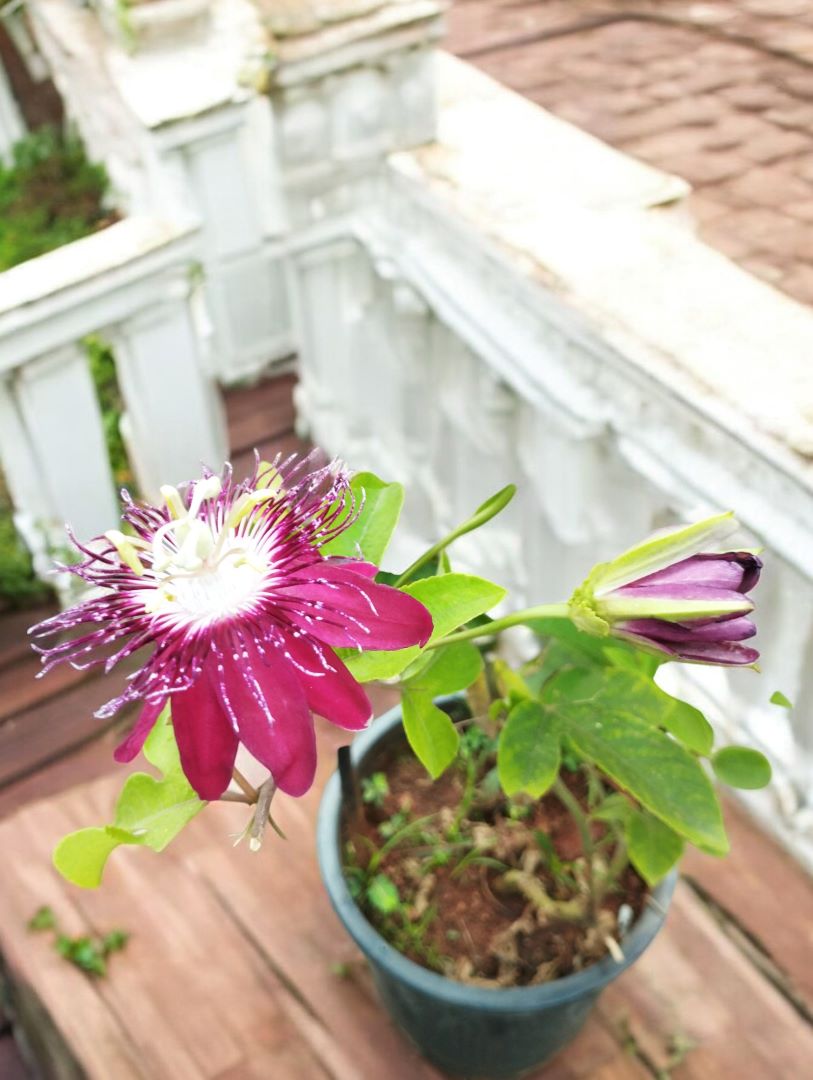


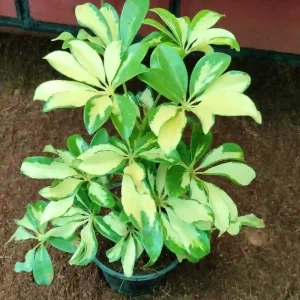
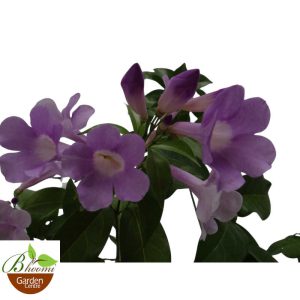

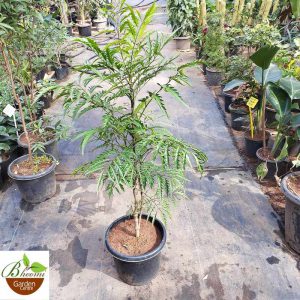

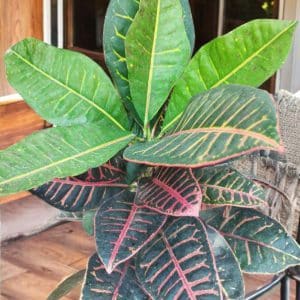




Joseph Vincent (verified owner) –
This was my first order. Initially hesitant over other well known websites. But received an excellent plant. Thanks Bhoomi